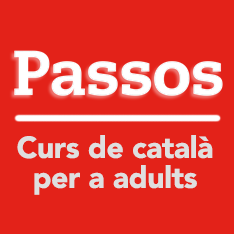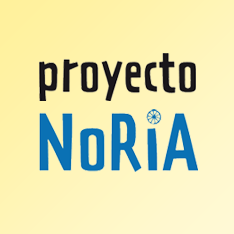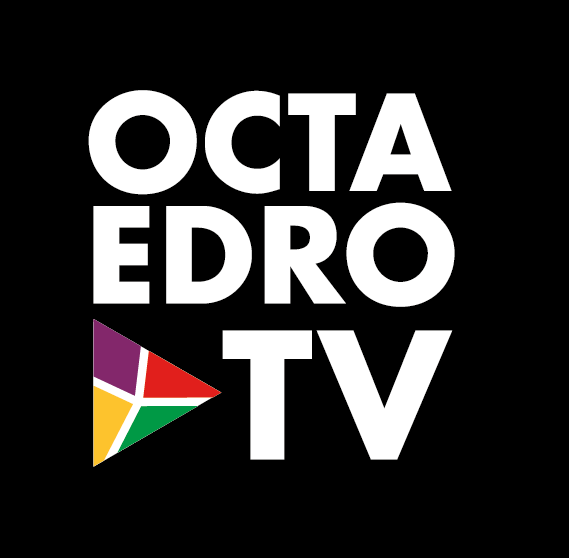
DATOS EDICIÓN
Edición impresa
Referencia: 71007-0 71007-0
Fecha: Septiembre, 2019 abr. 2017
Encuadernación: Rústica Rústica
Páginas: 140
Edición digital PDF
Referencia: 71007-1
Fecha: Septiembre, 2019
Tamaño:
101 Scaffolding techniques for language teaching and learning
16,00€
Presentación
Scaffolding is a powerful tool for learning. It enables learners to achieve deep and meaningful learning through the provision of timely and constructive support. It is used as required, just-in-time, to bridge learning gaps, advance learning objectives, and build self-confidence throughout the learning community.
Closely aligned to the concept of Zone of Proximal Development (ZPD), scaffolding is a key element in learning languages and other subjects across the curriculum.
This publication is about scaffolding which supports learning languages, learning about languages, and learning through languages (Halliday). By providing students with these tools for learning, the teacher can step back and truly become a ‘guide on the side’ whilst conducting and facilitating teaching through powerful learning environments.
The 101 scaffolding techniques found in this book, alongside the templates in the digital annex, provide the reader with hands-on ideas and examples to develop innovative, exciting and empowered learning.
Índice
Acknowledgements
Prologue
Introduction
101 SCAFFOLDING TECHNIQUES FOR LANGUAGE TEACHING AND LEARNING
Scaffolding techniques for reading
Identifying academic language
Scaffolding techniques for videos
Scaffolding techniques for ELT, ESL, EMI, EFL classes
Expressions of politeness










